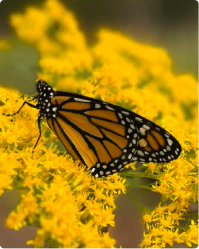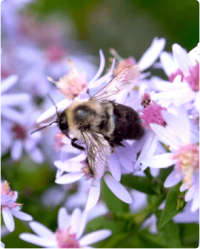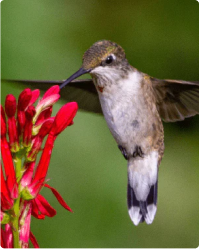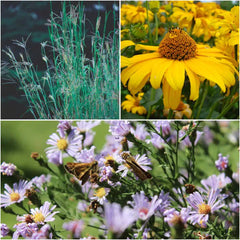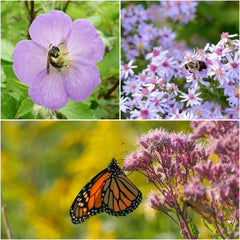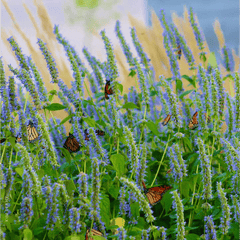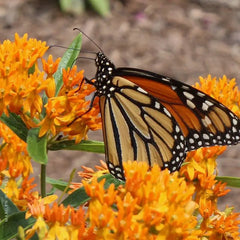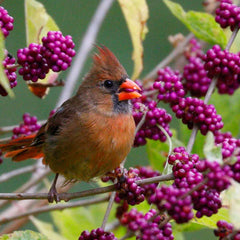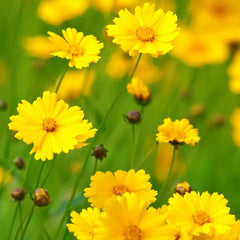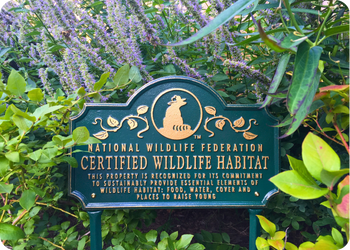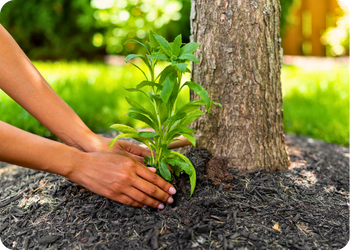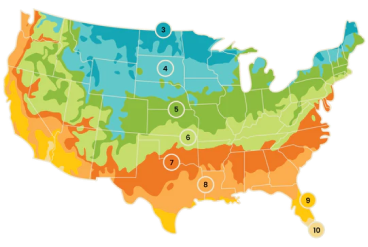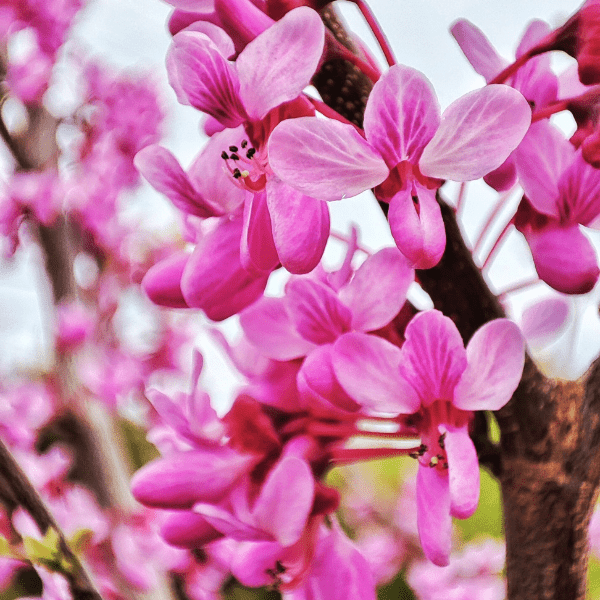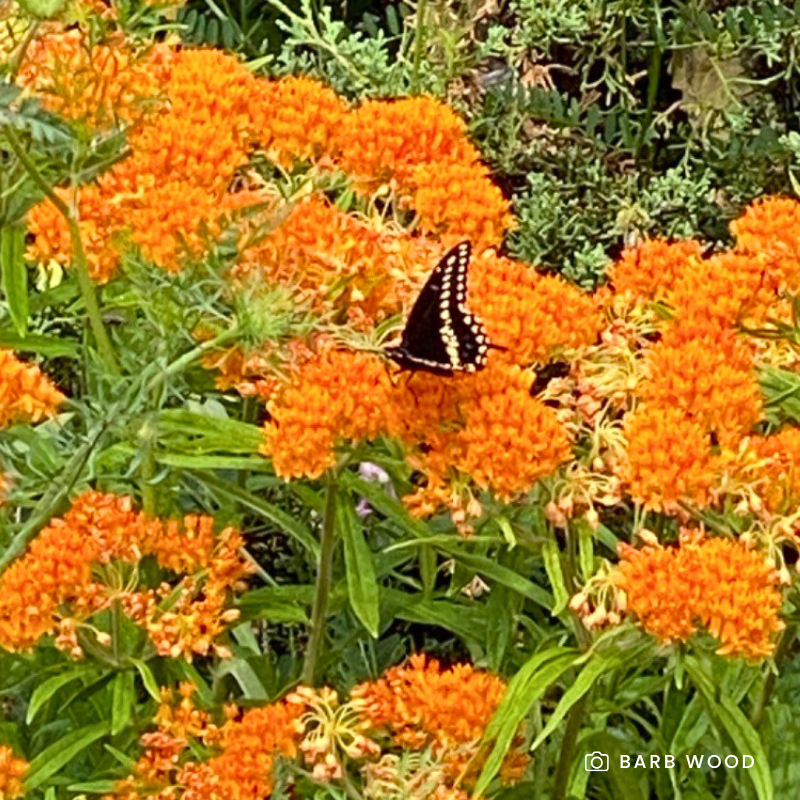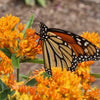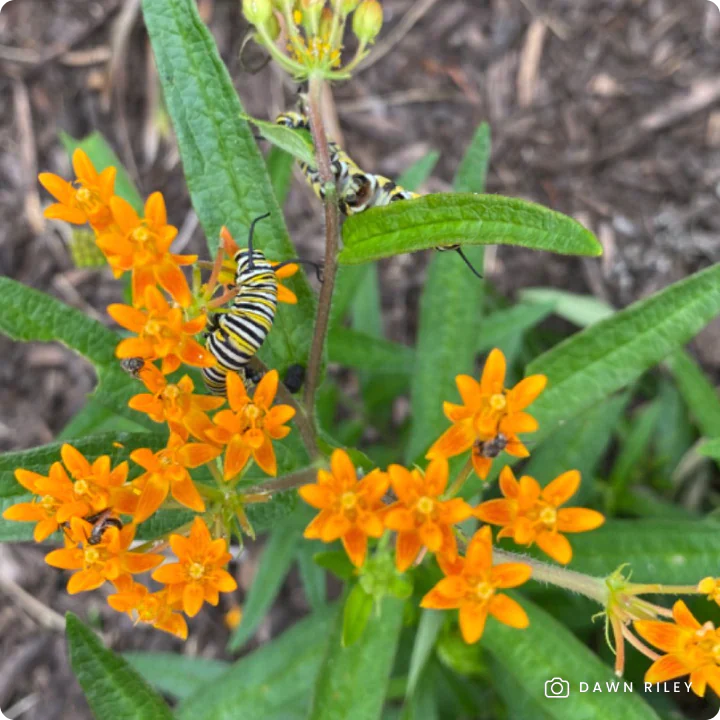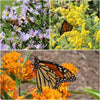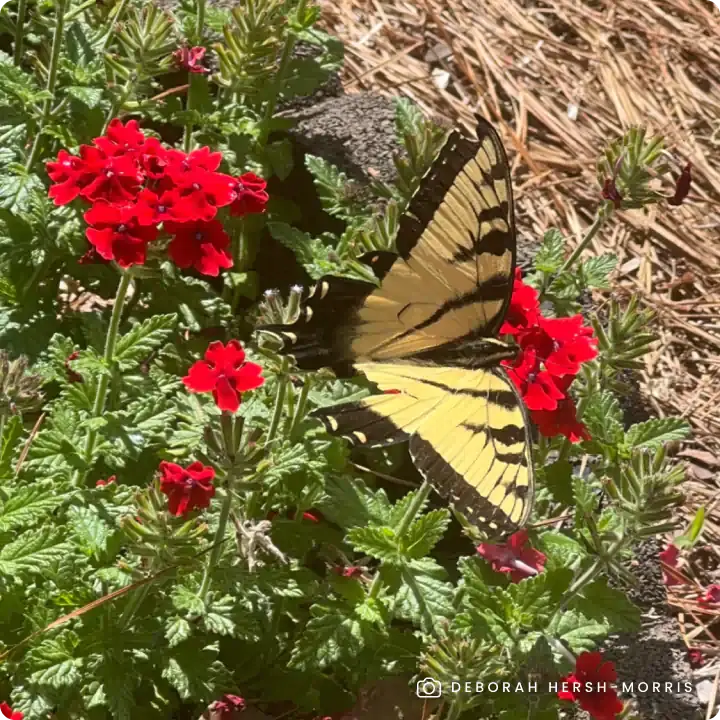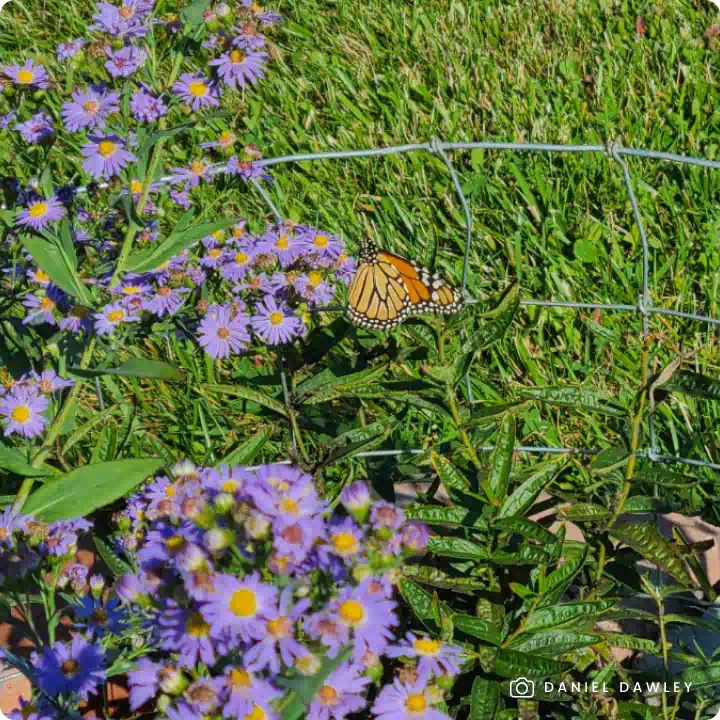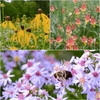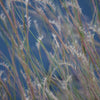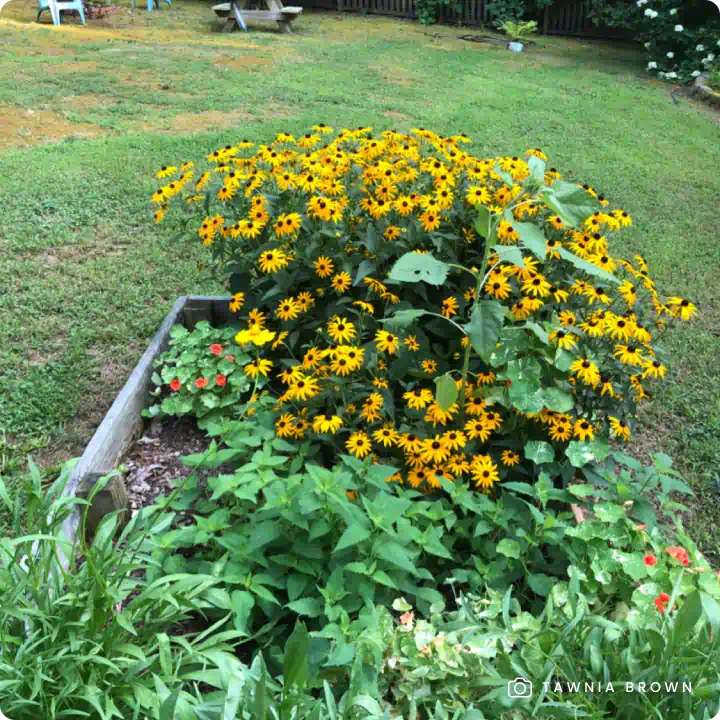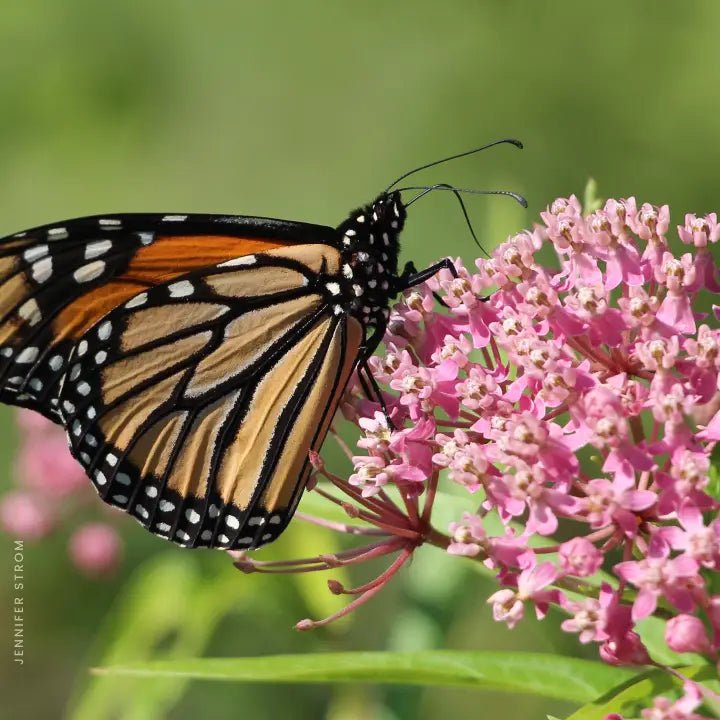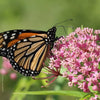Redbud (Cercis canadensis), commonly known as Eastern Redbud, is a beloved ornamental tree, known for its breathtaking early spring display of pink flowers that emerge before the leaves, covering the branches in a spectacular burst of color. This deciduous native tree reaches 20-30 feet tall with a graceful, rounded crown and an elegant branching structure, making it an eye-catching specimen for home landscapes, woodland gardens, or urban plantings.
Its smooth, heart-shaped leaves emerge reddish-purple, mature to a soft green, and turn yellow in fall, providing seasonal interest throughout the year. The pea-like flowers are rich in nectar, attracting bees, butterflies, and early pollinators, while its seed pods provide food for birds and other wildlife.
Why Plant an Eastern Redbud?
- Spectacular Spring Blooms: Vibrant pinkish-purple flowers bloom before leaves appear, covering branches in early spring.
- Pollinator & Wildlife Magnet: Provides nectar for early-season bees, including specialized native bees, and acts as a host plant for the Henry’s Elfin Butterfly and Io Moth.
- Bird-Friendly: Songbirds like chickadees and northern bobwhites enjoy its nutrient-rich seeds. Dense branching offers nesting sites and shelter for wildlife.
- Edible & Versatile: Flowers are high in vitamin C and can be added to salads, breads, or fritters, while young seed pods can be eaten raw, boiled, or sautéed.
- Adaptable & Hardy: Tolerates clay soil, drought (once established), and deer browsing, but prefers moderate moisture.
- Compact & Understory-Friendly: Grows well beneath taller trees or as a standalone ornamental specimen.
- Pollinator-Safe: Grown non-GMO and free of harmful neonicotinoids, promoting a healthy ecosystem for pollinators and wildlife.
Available as single trees shipped in a one-gallon container.
Planting Tips:
- Location: Thrives in full sun to part shade. Best flower production occurs in full sun, but some shade is beneficial in hot summer climates. With a moderate tolerance for full shade, the redbud tree may still grow, but they will likely produce fewer flowers.
- Watering: Prefers moderately fertile, well-drained soil. Requires regular moisture, especially when young, but tolerates drier conditions once established.
- Spacing & Planting: Reaches 20-30 feet in height with a 25-35 foot spread. Often grows as a multi-trunked tree in the wild but can be trained into a single trunk.
- Maintenance: Minimal care required. If desired, prune in late fall or winter to remove dead or crossing branches and maintain shape. Mulch around the base to retain moisture and suppress weeds. Leave 2-3 inches between the mulch and the tree for air flow to ensure proper root growth.
For more information on planting, view our How to Plant Your Native Plants guide and other planting tips in the Garden for Wildlife Learning Center.
Plant a Redbud tree to bring year-round beauty, early-season blooms, and vital habitat for pollinators and birds to your garden!
